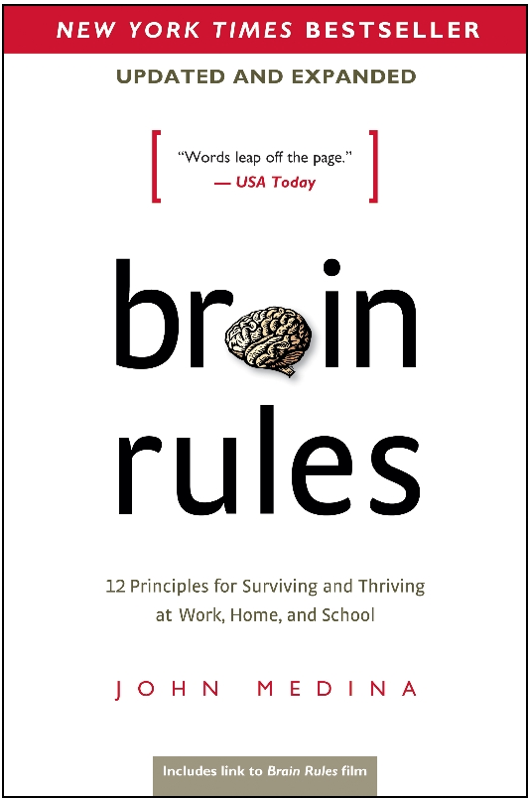As an anaesthetist, I monitor anaesthetic depth with a Bispectral index monitor. Sensors (wet gel electrodes) are applied to the forehead as shown in the figure below and a dimensionless number is generated which reflects electrical activity in the brain cortex.


This monitor displays a real time EEG (electroencephalography) trace from the brain with the aim of maintaining the optimum level of sedation and hypnosis and the minimisation of awareness.
Everyone is concerned with preserving their brains, enjoying good mental health and delaying dementia. While anaesthetic drugs do not cause dementia or Alzheimer’s disease, it is known that patients who already have early dementia are vulnerable to further changes after surgery and anaesthesia. We have a lot to learn regarding what goes on inside our heads however…

Dr John Medina is a developmental molecular biologist from Washington State University. Human brain development, mental health and the genetics of psychiatric disorders are his special research interests.
He has written a New York Times best-seller that probably initiates more questions than it answers about what is going on inside our heads. It is not only a book, it is a blog, a multi-media collection of charts, illustrations and video.
How does memory work?
If our concern is about memory loss, we first have to understand what memory is. Dr Medina has an entertaining blog that sorts the matters about which we think we want to know from the things we must know before we can understand our questions…
http://brainrules.blogspot.com.au